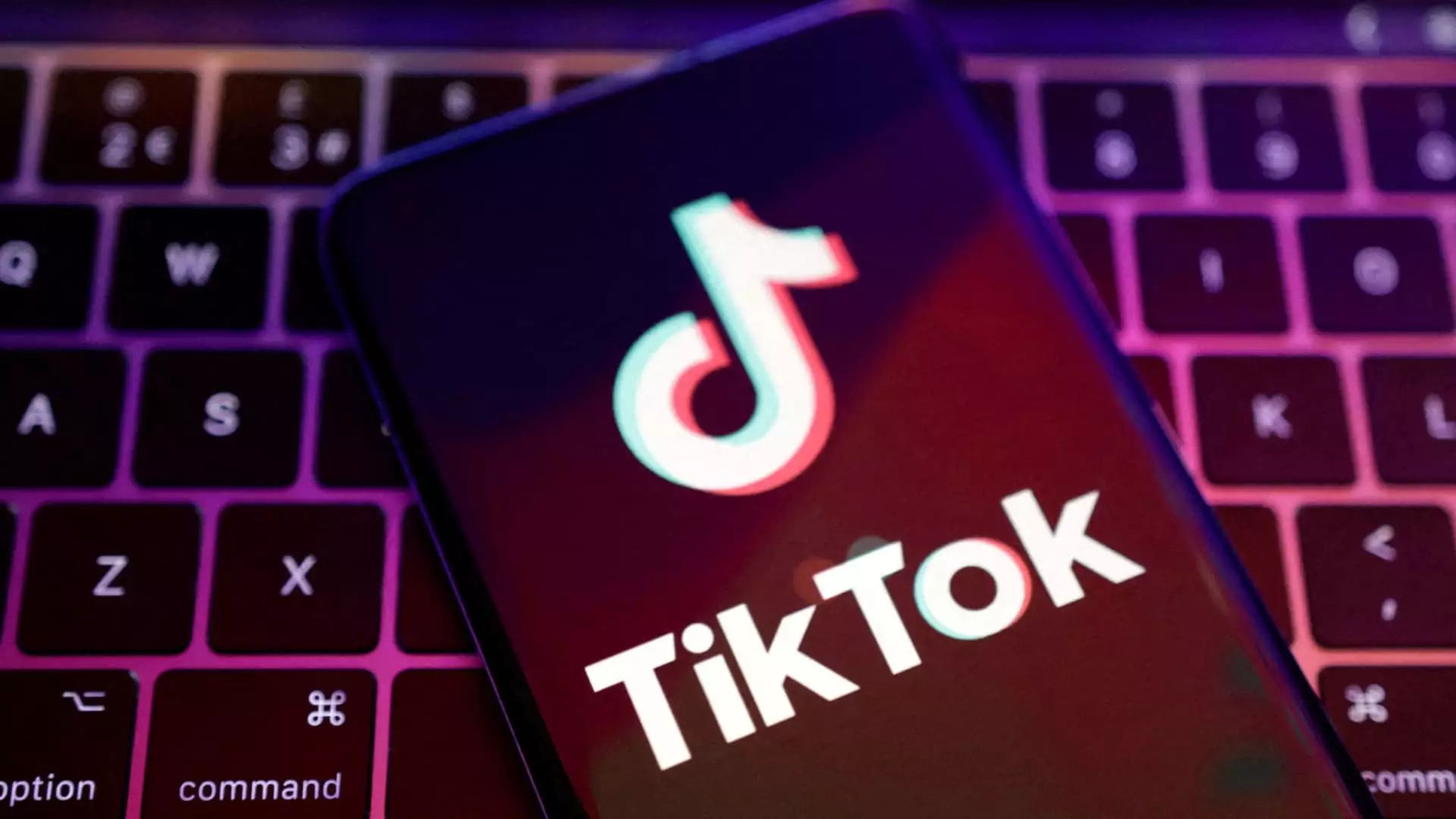In a noteworthy shift, the judicial system is increasingly scrutinizing the powerful influence of social media platforms, with TikTok firmly in the spotlight. A recent court decision rejecting TikTok’s motion to dismiss a lawsuit filed by New Hampshire exemplifies this growing concern. The case hinges not on the overt content shared on the platform but digs deeper into the very architecture of the app—its design, its features, and the intent behind them. The court’s acknowledgment that TikTok might be intentionally employing addictive features designed to exploit its youngest users signals a troubling acknowledgment: technology companies are shaping their platforms in ways that can cause real harm, especially to vulnerable populations like children and teenagers.
The lawsuit suggests that TikTok’s creators prioritized user engagement and revenue generation over the well-being of its users. This isn’t just about showing captivating videos; it’s about deliberate, insidious design choices engineered to keep children glued to screens for as long as possible. The core accusation is that TikTok uses “addictive design features”—tools and interfaces crafted to induce compulsive usage, which increases profitability through prolonged exposure to advertisements and targeted marketing—particularly through its TikTok Shop feature. The fact that this lawsuit is making headway indicates a societal shift toward recognizing that digital platforms are no longer neutral but can be deliberately manipulative.
The Ethical Dilemma of Design Choices in Tech Giants
While TikTok dismisses these claims as “outdated and cherry-picked,” the reality may be far more complex. Social media companies have become masters of user engagement, employing sophisticated algorithms to maximize time spent on their platforms. In pursuit of profit, many have compromised their moral responsibilities, embedding manipulative features into their products under the guise of user experience. The questions raised aren’t just legal—they are deeply ethical. Should companies be free to design addictive features, knowing the potential damage they cause, especially to impressionable young minds?
This controversy isn’t isolated to TikTok. Major players like Meta and Snapchat have been similarly called out for implementing features that foster addiction, often with little regard for mental health. These protests aren’t mere regulatory noise; they reflect a fundamental reevaluation of corporate responsibility in a digital age where manipulative design can have devastating psychological consequences. For children, who are still developing critical cognitive defenses against digital persuasion, these risks become even more alarming.
The Policy Vacuum and the Challenge of Regulation
Efforts to curb such practices through legislation have largely fallen short, illustrating how swiftly tech companies can adapt and circumvent regulation. The reintroduction of the Kids Online Safety Act signals a recognition that existing policies are inadequate, but passing effective laws remains an uphill battle. The core issue is that current legislation often struggles to keep pace with the rapid evolution of technology, leaving children vulnerable to exploitation while corporations prioritize quarterly earnings over ethical considerations.
The ongoing legal battles also highlight an important point: regulatory measures targeting content are insufficient. Instead, the focus should shift towards scrutinizing platform architecture—making these companies accountable for the design choices that influence user behavior. The recent court decisions underscore this shift, signaling that introducing more transparency and imposing a “duty of care” might be necessary to truly protect children from digital manipulation.
The Future of TikTok and the Broader Implication for Children’s Safety
As TikTok navigates a political storm—facing bans and forced divestitures—it also finds itself at a crossroads: continue its current practices or reshape its platform to prioritize genuine safety. The company’s move to develop a new, separate version of TikTok for U.S. users, operating on independent algorithms, indicates an awareness of the potential fallout. However, whether it will genuinely address the underlying issues or merely deploy superficial changes remains to be seen.
The broader implications extend beyond legal battles and corporate image—they fundamentally challenge how society views technology. Are social media platforms merely neutral tools, or do they wield a dangerous power that must be held accountable? It’s clear that protecting children from exploitation should transcend corporate profits and political interests. Society must demand a reevaluation of how these platforms are designed and regulated, ensuring safety and ethical integrity take precedence over engagement metrics.
The ongoing legal scrutiny of TikTok symbolizes a pivotal moment: society is beginning to recognize that the architecture of social media isn’t just a matter of user engagement, but a profound ethical issue. The future of our children’s mental health and well-being hinges on whether regulators, parents, and society at large are willing to enforce meaningful change, challenging the tech industry to prioritize human rights over profits.

